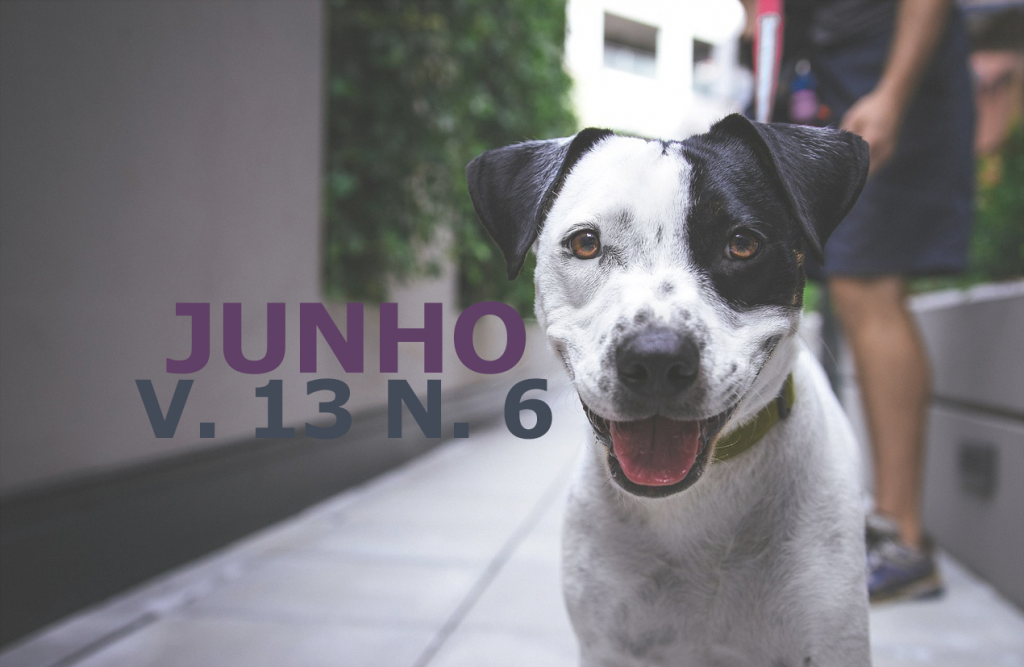Equine tetanus: Case report
DOI:
https://doi.org/10.31533/pubvet.v13n6a357.1-6Keywords:
affection, equine, Clostridium tetaniAbstract
This work aimed to report the clinical case of a female horse of the Paint horse race, approximately six years old, attended at the University Veterinary Hospital of the Federal University of Piauí, with clinical tetanus. Disease caused by toxins, tetanospasmin and tetanolysin, produced by gram-positive and anaerobic bacteria Clostridium tetani. Because it is a toxic disease with high infection power, it can affect some domestic species, but its epidemiology is more related to equines. For infection to occur and clinical signs of the disease occur, there must be a gateway, such as an injury, or direct contact with secretions from other already infected animals. The animal once infected has clinical signs such as limb rigidity, labial trismus, muscle stiffness, muscle spasms, hyperesthesia, and tail lift. In view of the clinical signs presented, a case of tetanus was diagnosed. The treatment was then started using metronidazole tablets at a dose of 25mg/kg, every 8 hours for 5 days; thiocolchicoside tablets at a dose of 0.05 mg/kg/SID for 5 days; tetanus serum (50,000 IU/animal), every 24 hours for 5 days; and washing the right posterior limb wound daily with water, hydrogen peroxide and topical application of fenitrothion for seven consecutive days. The improvement was gradual and significant with the animal responding very well to the treatment, obtaining expected results, restoring the patient's health. After being discharged after seven days of intensive treatment.
Downloads
Published
Issue
Section
License
Copyright (c) 2019 André Luis de Araújo Pereira, Talia Fabrício Gonçalves, Jackson Brendo Gomes Dantas, Mariana Picoli Martins de Oliveira, Joaquim Bezerra Gomes, Mikael Leandro Duarte de Lima Tolentino, Everton Almeida Pereira, Karolynne de Freitas Martins e Silva, Denise Cerqueira de Sousa, Manoel Lopes da Silva Filho

This work is licensed under a Creative Commons Attribution 4.0 International License.
Você tem o direito de:
Compartilhar — copiar e redistribuir o material em qualquer suporte ou formato
Adaptar — remixar, transformar, e criar a partir do material para qualquer fim, mesmo que comercial.
O licenciante não pode revogar estes direitos desde que você respeite os termos da licença. De acordo com os termos seguintes:
Atribuição
— Você deve dar o crédito apropriado, prover um link para a licença e indicar se mudanças foram feitas. Você deve fazê-lo em qualquer circunstância razoável, mas de nenhuma maneira que sugira que o licenciante apoia você ou o seu uso. Sem restrições adicionais
— Você não pode aplicar termos jurídicos ou medidas de caráter tecnológico que restrinjam legalmente outros de fazerem algo que a licença permita.





